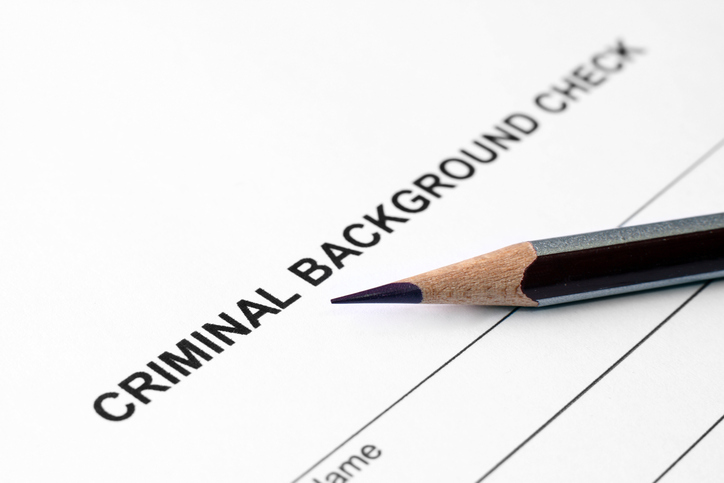Yesterday we began to explore some of the myths surrounding background checks in the world of recruiting. Today we present more of those myths from the perspective of the employer.
 |
Myths for Employers
Myth 1: Background checks aren’t always necessary.
Reality: Eighteen percent of employers said they made a bad hire because they didn’t conduct a background check. Given that one bad hire can cost a company $17,000 on average, this can be an expensive misstep.
Myth 2: All background check systems are created equal.
Reality: Twenty-nine percent of employers made a bad hire because they received bad information about the candidate. 1 in 7 employers (15 percent) have run into litigation for not hiring someone because of what was found in a background check. Make sure your provider keeps up with compliance standards, is National Association of Professional Background Screeners (NAPBS)-accredited, and makes sure the candidate is informed and supported.
Myth 3: My background check system provides a good experience for candidates.
Reality: Sixty-five percent of employers have never tested out their system themselves to see what the candidate experience is like. Not only is it important for employers to experience the process first hand; it’s important to seek direct feedback from candidates.
Myth 4: Background checks typically take 1 to 2 weeks.
Reality: The longer the background check, the higher the risk of losing the candidate because you couldn’t verify information fast enough and they moved on to another employer. Typically, background checks should return in less than 5 business days, but on average checks take 24–72 business hours to complete.
Survey Methodology
This survey was conducted online within the United States by Harris Poll® on behalf of CareerBuilder® among 2,391 hiring and Human Resource managers ages 18 and over (employed full-time, not self-employed, including 2,391 in the private sector) and 3,411 employees ages 18 and over (employed full-time, not self-employed, nongovernment) between November 16 and December 6, 2016. Percentages for some questions are based on a subset and based on their responses to certain questions. With a pure probability sample of 2,391 and 3,411, one could say with a 95 percent probability that the overall results have sampling errors of +/- 2.00 and +/- 1.68 percentage points, respectively. Sampling error for data from subsamples is higher and varies.
